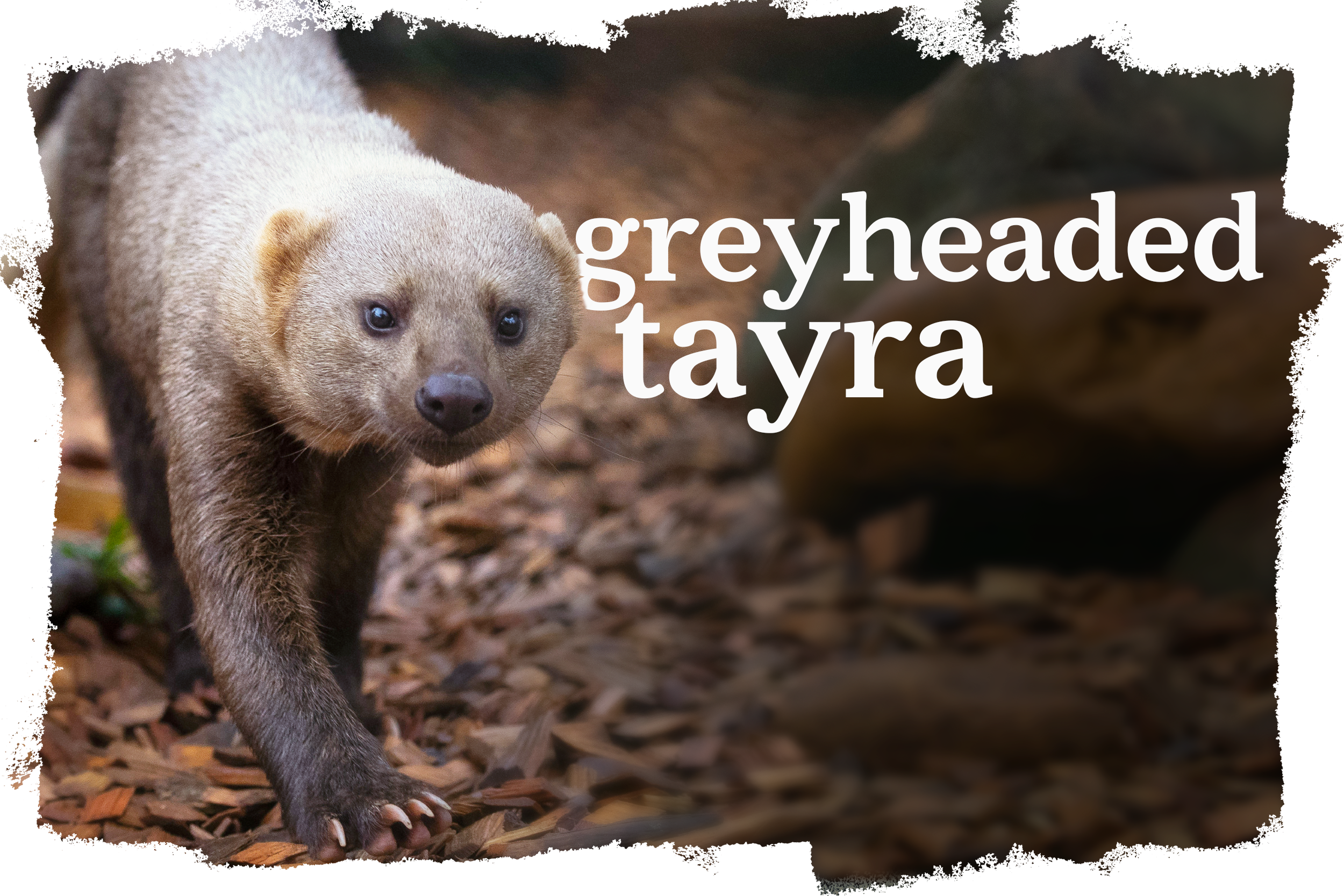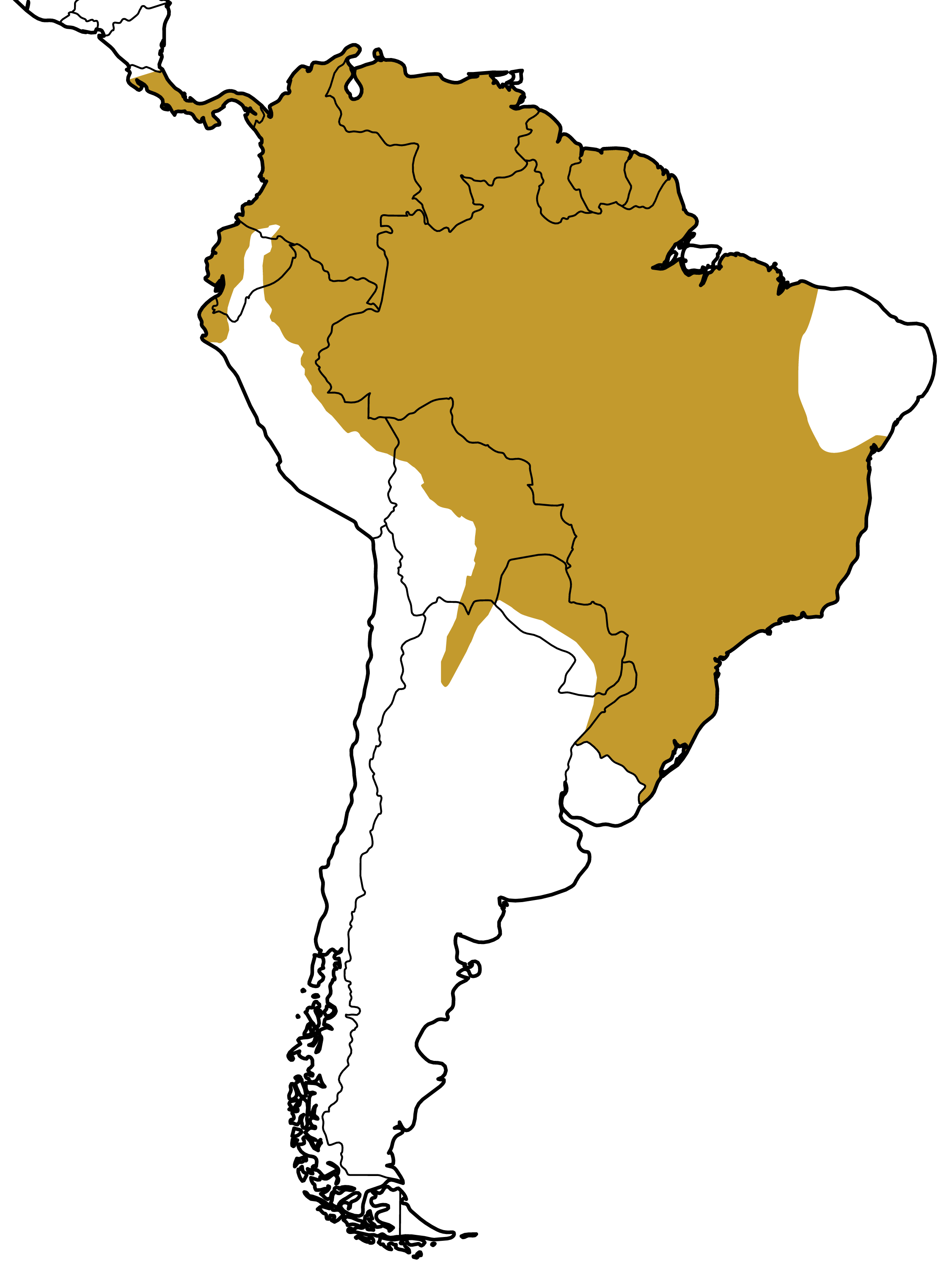greyheaded tayra


The greyheaded tayra is similar to ferrets and otters. It is also known in Brazil as a "honey-eater", as that is one of its favorite foods. They are found almost all over Brazil, mainly in denser vegetation in the Atlantic Forest, Amazon, Cerrado, Caatinga, and Pantanal.
3,5kg and 11kg
from 56cm to 68cm and with a tail between 38cm and 47cm
Important data
MAIN FEATURES
The greyheaded tayra has a long body with short limbs and a long tail. It has light brown fur on its head and neck that darkens towards the tail.
TOP THREATS
As they live mainly in forests, they have suffered from deforestation in much of Brazil. Other threats are being runover, diseases from domestic animals, and being killed for raiding orchards and chickens on farms.
DIET
They eat everything, such as fruit, insects, honey, small vertebrates, birds, rodents and even rabbits.REPRODUCTION
Its gestation period can last from 63 to 70 days, and each litter generates one to four offspring.BEHAVIOR
● They use smell to find prey.
● They are great climbers, and often seen in trees.
● They are great swimmers.
● They can travel 2 to 8 km a day and are more active during the day.
● Predominantly solitary, there have been sightings of pairs and mothers with offspring.
● They live in hollows of trees, trunks, and burrows made by other animals.
TRIVIA
They can live in areas of up to 24 km² and their coat color varies depending on the geographical region. In Paraná and Santa Catarina there are some almost white examples. Its name in Tupi Guarani (Irara) means "the owner of the honey."
Geographical distribution





